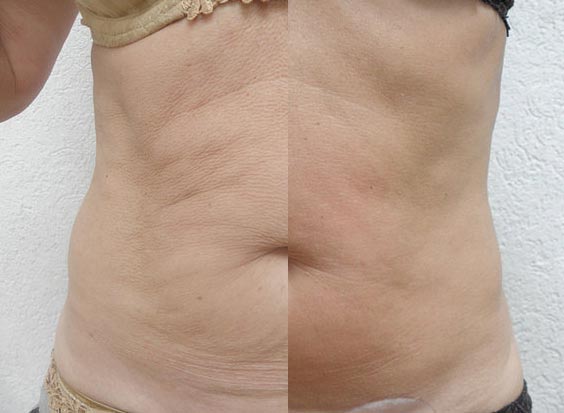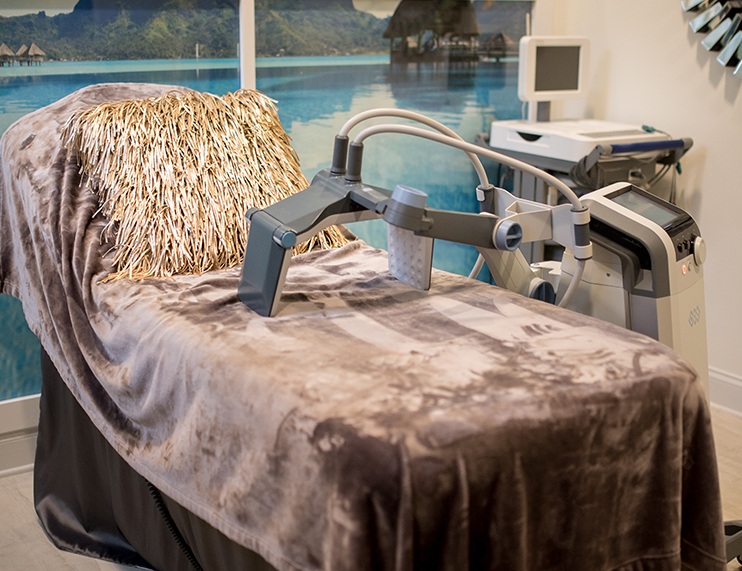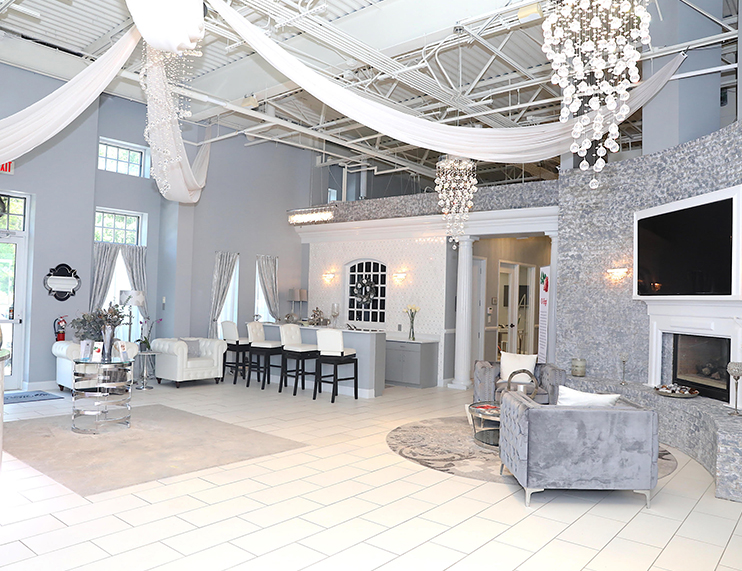About Us
White Diamond Medical Clinic and Spa is truly the perfect blend of two passions of mine…medicine and art. I have been able to express my childhood dream of becoming a physician in a way that is both extremely fulfilling and enjoyable. I look forward to you visiting with us and sharing an experience like none other.
Dr. Joy White
Founder/Owner
MEdICAL CLINIC & Spa / Charlotte, NC
Our Services
Before & After Images
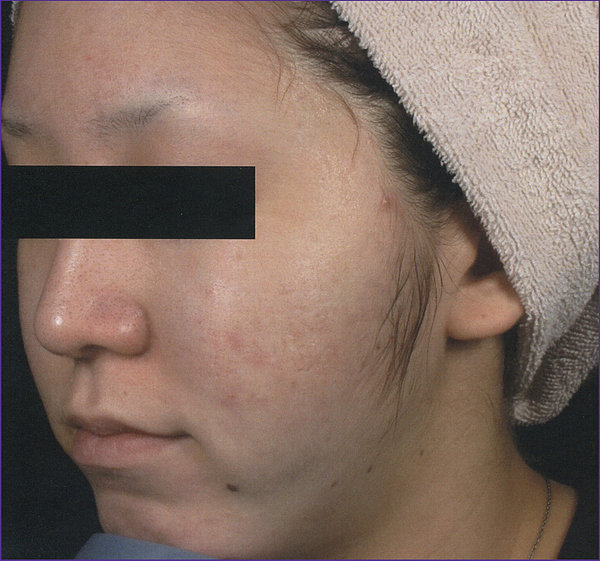
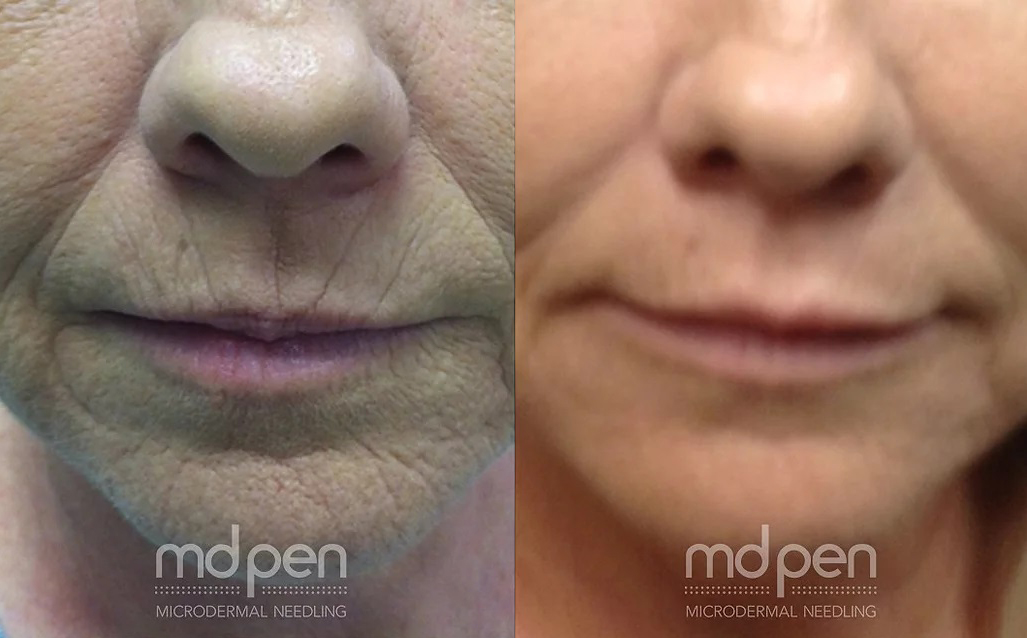
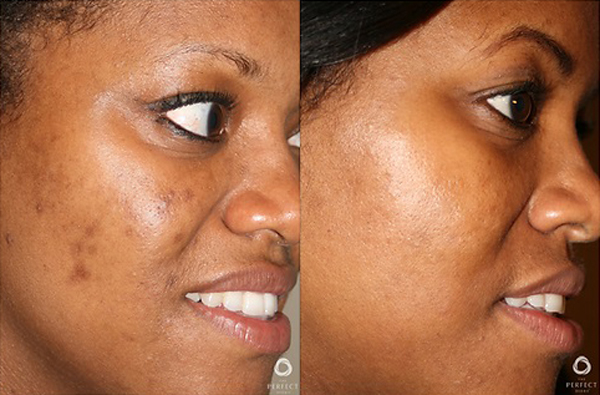

What we do
Medical Clinic & Spa
At White Diamond Medical Clinic and Spa, PLLC, we offer high-quality medical spa treatments in addition to wellness and weight loss services for men and women in Charlotte, NC.
– Charlotte, NC – TOP MEDICAL SPA –
Our Facility
Salt Hydrotherapy Oasis
Bathe in your own private oasis with all of the benefits our Salt Hydrotherapy has to offer.
Infrared Sauna & Shower
Our state of the art facility features our own infrared sauna and private shower.
Luxurious Dressing Rooms
Feel luxurious in our stunning dressing rooms while preparing for your visit.
Testimonials &
Reviews
Diamond’s Spa Day
In honor of both Breast Cancer Awareness and Domestic Violence Awareness, we are launching our Diamond’s Spa Day initiative. We will be giving two people in each category of Cancer Conquerors, Super Survivors and Mega Moms a luxurious spa day of pampering and therapeutic services per month. Please click on the button below to submit your nominations.
Skin Analysis
Image Pro Facial
- Pores
- Wrinkles
- Pigment
- Skin Roughness
- Sun damage
- Locations where wrinkles are beginning to form
- Sebum & Porphryns
- Vascularity
- Skin age
- Hydration levels


